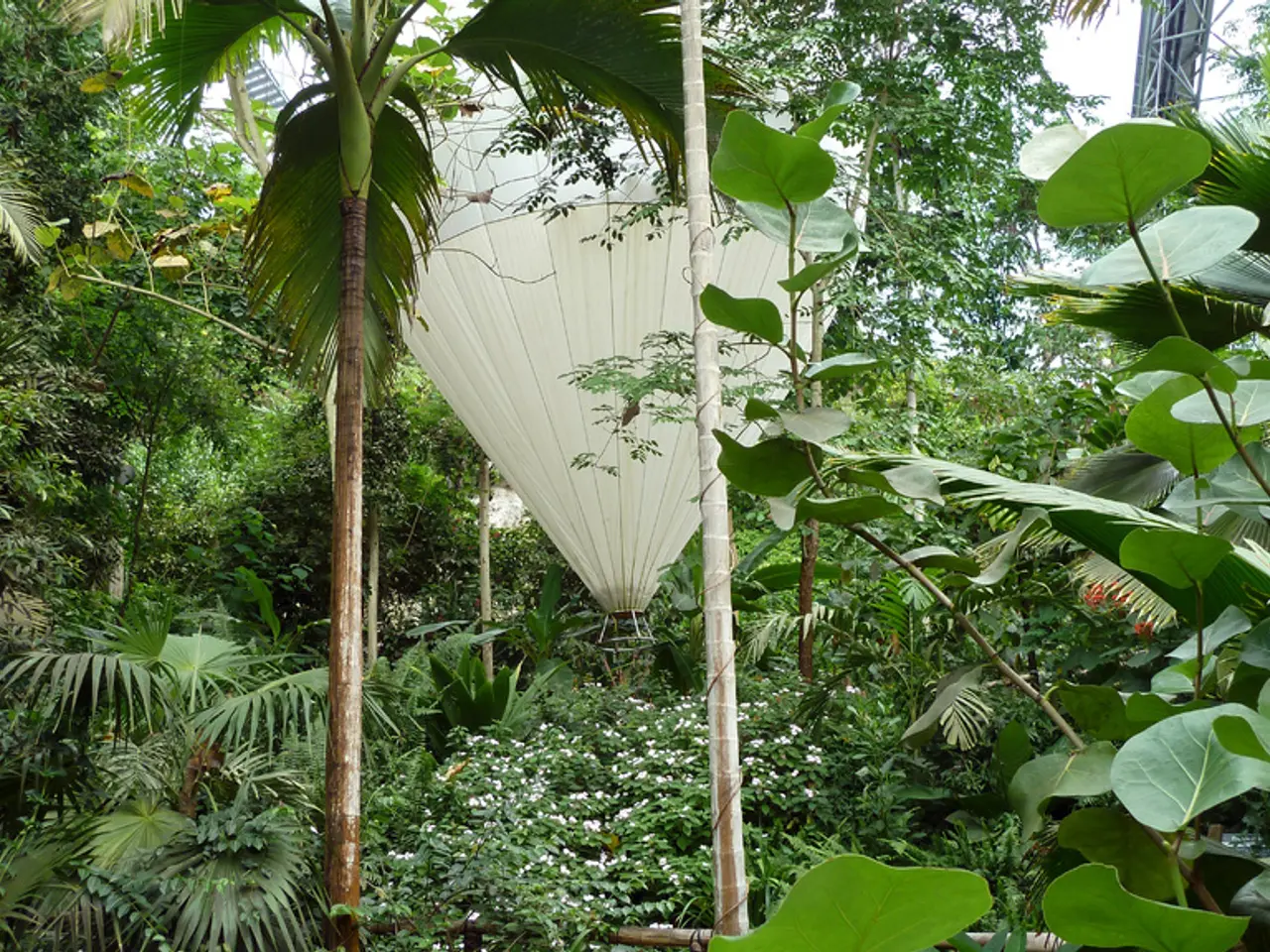Terrarium Illumination: Top Picks for Natural and Artificial Lighting Options
In the fascinating world of terrariums, lighting plays a pivotal role in ensuring the health and growth of your miniature ecosystem. Whether you're growing tropical plants, succulents, or closed terrarium species, understanding and mastering terrarium lighting is crucial.
1. **Understanding Plant Light Requirements**
Most terrarium plants thrive in bright, indirect light. Direct sunlight can be too intense, causing issues like leaf burn and excessive evaporation. Closed terrarium plants often prefer indirect light and high humidity, making positioning them away from direct sun essential. Succulents and cacti in open terrariums require 4–6 hours of direct or strong artificial light daily to maintain health.
2. **Location and Natural Lighting Setup**
To replicate the natural rainforest environment, place your terrarium near a north- or east-facing window to get bright but filtered sunlight. Use sheer curtains to soften any intense rays and avoid overheating or burning plants. Be mindful that natural light intensity and duration vary, so natural lighting alone may sometimes be insufficient.
3. **Choosing Artificial Lighting**
When natural light is inadequate, supplement with artificial lighting, preferably LED grow lights designed for plants. Select full spectrum LED grow lights (covering 400–700 nm wavelengths) with a color temperature around 5000 to 6500 Kelvin, mimicking natural daylight and supporting photosynthesis. LED lights produce low heat, important for closed terrariums to prevent overheating and condensation issues.
4. **Lighting Duration and Positioning**
Provide your terrarium plants with about 10 to 16 hours of light daily, adjusting based on plant type and natural light availability. Use a timer to maintain a consistent light schedule, helping plants establish natural growth rhythms. Position LED lights 20–30 cm above the terrarium, angled slightly to simulate sun direction and encourage upright growth.
5. **Use Smart Sensors and Environmental Monitoring**
Consider integrating humidity and temperature sensors to monitor terrarium conditions accurately and avoid stress on plants. Smart humidity sensors and programmable micro-fans can automate climate control, indirectly supporting optimal lighting benefits.
**Summary Table: Natural vs Artificial Light for Terrariums**
| Aspect | Natural Light | Artificial Light (LED Grow Lights) | |--------------------------|------------------------------------------|---------------------------------------------------------| | Spectrum | Full spectrum, varies by time/day | Full spectrum (400–700 nm), customizable; 5000–6500K | | Intensity | Varies; direct sunlight can be harmful | Controlled, low heat output | | Duration | Depends on location and season | 10–16 hours/day using timers | | Heat | Can cause overheating and evaporation | Minimal heat, safer for enclosed terrariums | | Cost | Free but variable availability | Initial cost but energy-efficient and consistent |
By following these steps—choosing the right light type, ensuring proper placement, controlling light duration, and monitoring environmental factors—you can create an ideal light environment that supports healthy plant growth and a thriving terrarium ecosystem.
- For a harmonious home-and-garden lifestyle, consider designing your terrarium as a miniature oasis inspired by the home-and-garden world, incorporating plants like succulents or tropical species which will thrive in the terrarium with the appropriate lighting and care.
- To enhance your gardening skills and add a unique touch to your lifestyle, delve into the fascinating world of terrarium gardening, using lighting techniques to stimulate growth and maintain a vibrant ecosystem in your handcrafted terrarium.







